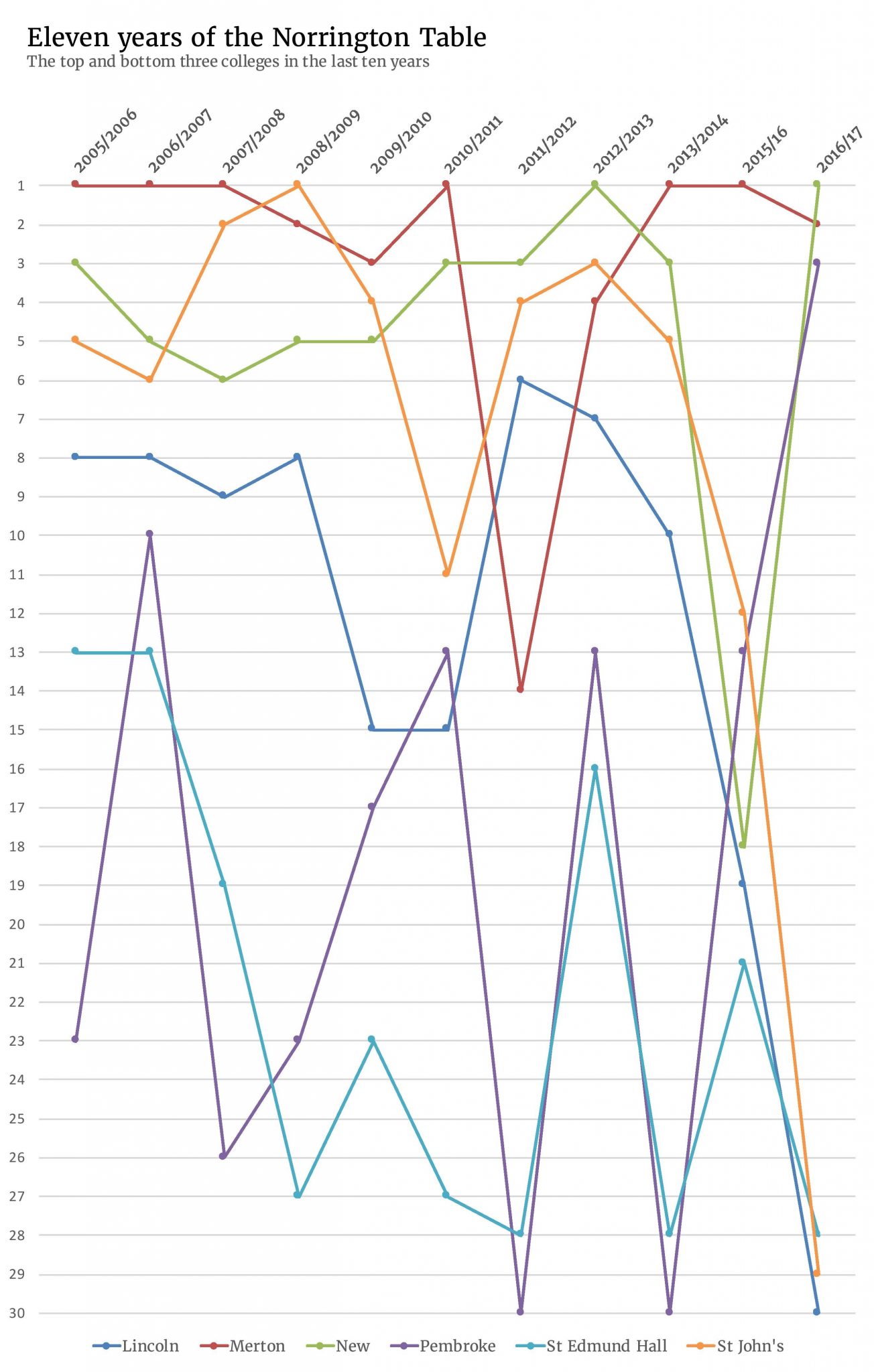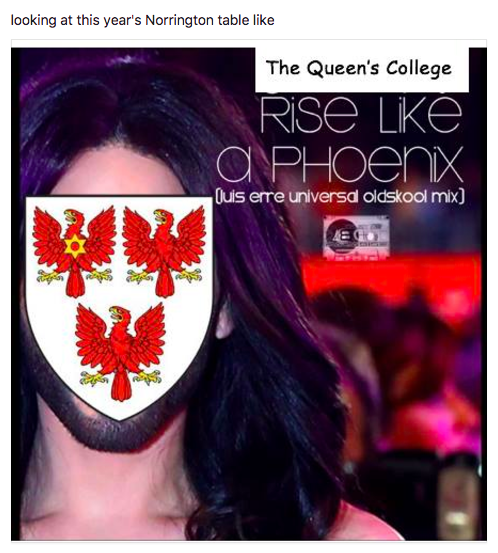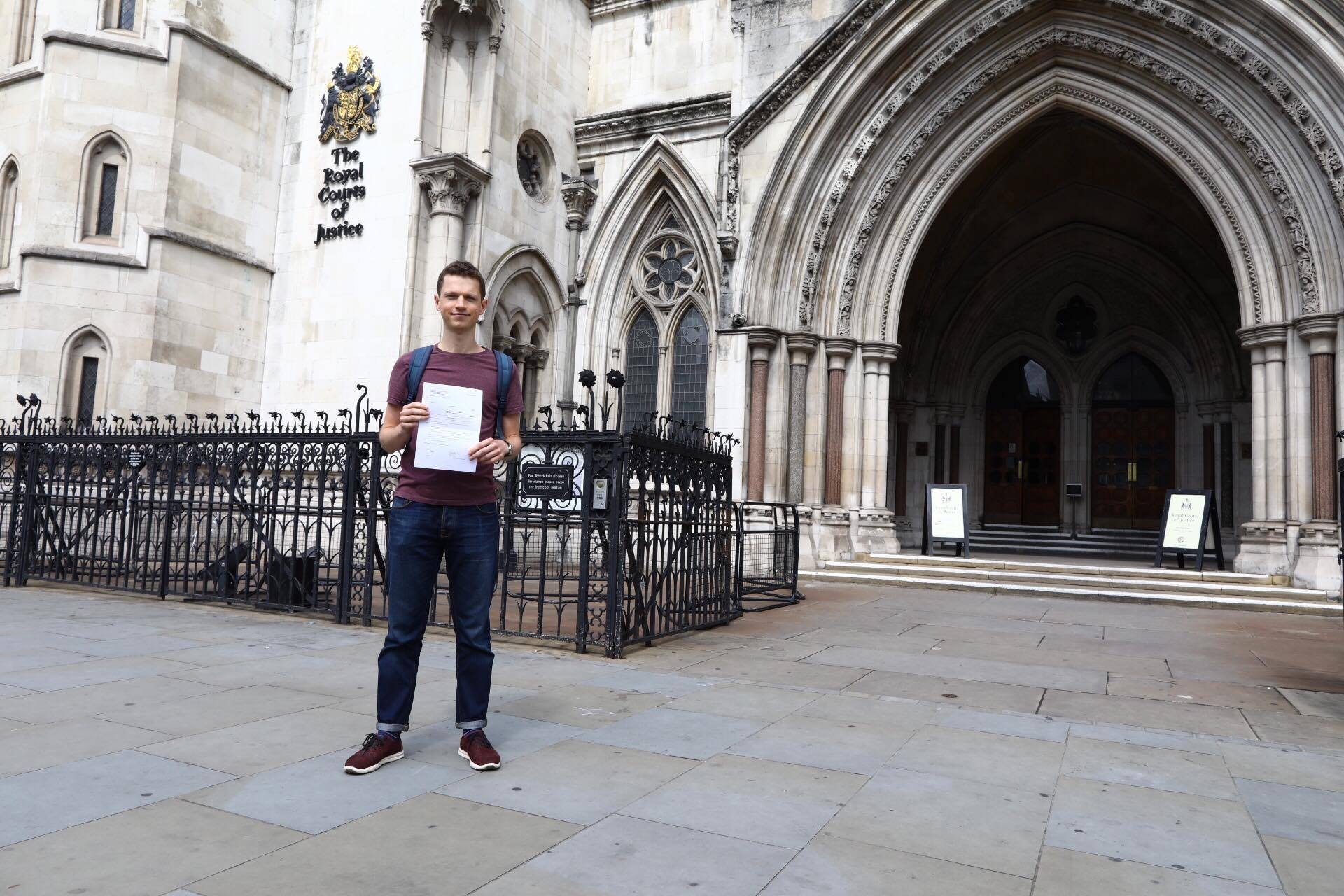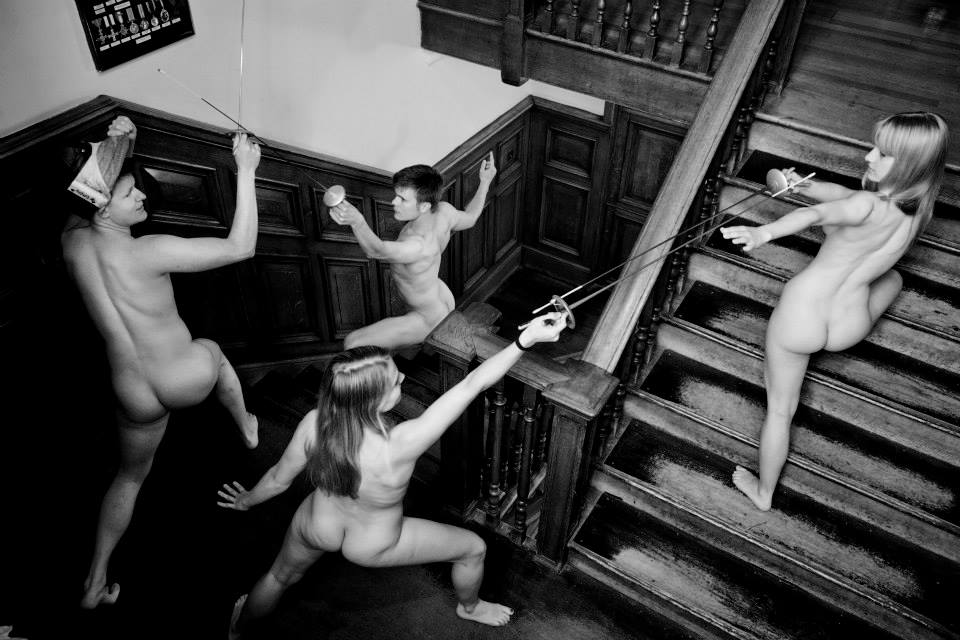We aren’t in Gilead, so I can assume that you, reading this article, have a degree of personal agency. That you are reading this at all, in fact, gives you more autonomy than half the population of Margaret Atwood’s near-future dystopia. I can’t make you do anything. However, I can ask you – beg you – not to marathon The Handmaid’s Tale. You don’t deserve that. The show definitely does not deserve that.
Its trippy, slow motion, trance-like pacing, and copious (perhaps over-enthusiastic) deployment of flashback sequences are too much to handle in one sitting – and that’s without getting into the gruelling content of the show.
In one-hour chunks, Channel 4’s The Handmaid’s Tale feels like a brutal assault on the viewer’s complacency. In a binge watch, the unrelenting violence of Gilead’s zealous and extreme patriarchy made me feel nauseous, then numb. Working in conjunction with Atwood, the show’s creator, Bruce Miller, has pulled no punches. The show covers a range of both gendered and non-gendered violence: rape, FGM, and surgical removal of hands and eyes – not viewing to be undertaken lightly then.
For all this violence though, the series finds time for quieter moments. Before watching, I wondered how the show would spin ten hour-long episodes from the relatively slim novel. In part, the time is made up by the extension and invention of storylines only hinted at in the novel: television offers the advantage of moving beyond the boundaries of first-person narration. Miller uses this flexibility to follow characters like Ofglen and Nick – whose attempts to escape or resist are portrayed brilliantly by Alexis Bledel and Max Minghella – and in this way, to offer viewers a glimpse of how the regime feels for those who, unlike the lead, Offred, are not straight or white.
Even among these extended storylines though, the show still manages moments of inaction. Deployed judiciously, these scenes are opportunities to enjoy the real talent of stars Elizabeth Moss, Samira Wiley, and Yvonne Strahovski (respectively the protagonist Offred, her best friend and fierce activist Moira, and the infertile Serena Joy, whom Offred serves). Wheeling, slow motion close-ups are justified by their subtle but powerful performances. Ironically, given the second-class status of their characters, these women dominate the show. Occasionally however, these moments are spoiled by a sense of directorial self-indulgence, and there are times when the balance of tension threatens to fail, particularly in the middle of the season.
Issues with pacing aside, the show’s atmosphere is consistently creepy, in a way that wasn’t as obvious in the novel. What the show can’t convey of Atwood’s gleeful wordplay, it more than makes up for in cruelly effective visuals. The silent threat of a hand on a thigh, the raw, constant visibility of a mutilated face or the oppressive monotony of red: these are all chilling reminders of Gilead’s regime not available in the verbal world of the novel.
Visually, too, The Handmaid’s Tale distinguished itself from the novel through its updated setting. Even the soundtrack – which punctuates ominous strings with incongruous Kylie Minogue – prefers unnerving familiarity to horror-movie distance.
Much has been made of the show’s uncomfortable relevance, the worrying ease with which the patriarchal regime takes control. Whatever you think of Trump’s America (and it’s worth bearing in mind the show was made before he was even elected), The Handmaid’s Tale is a difficult reminder of the danger of complacency. Atwood’s original novel included nothing that had not been done in some place, at some point in history. Although the show pushes beyond this remit, it doesn’t have to push very far – which leaves one with the bitter afterthought that this isn’t Gilead – or at least, not yet.







